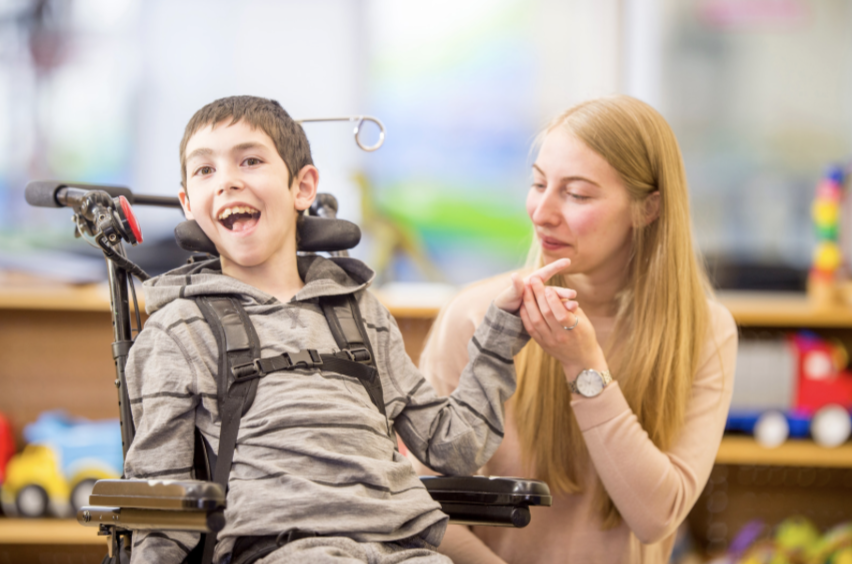A Teamwork Approach to Special Education Evaluations
Spring is a time of year that often brings an influx of special education evaluations, which require time for planning, conducting assessments, analyzing results, collaborating with others, documenting the findings, and holding evaluation meetings. Because the influx of evaluations is often not accompanied by a reduction in other responsibilities, a teamwork approach to the evaluations is crucial for meeting the needs of students and completing comprehensive evaluations.
Multidisciplinary Teams
Special education evaluations often require the input of a multidisciplinary team, including school psychologists, speech therapists, occupational therapists, behavior specialists, and others. Each member of the team brings their own expertise and training to the table, and by working together, they can provide a more comprehensive and accurate assessment of a student’s needs.

The more severe and complex the needs, the more people are likely to be involved in the evaluation process. The larger the teams, the greater the importance of coordination and collaboration, but it is necessary even for small teams. Take for instance, an occupational therapist who is only on-site at a school once a week but when they go to pull a student for testing, they find the student is already being tested by someone else at that time or is absent for the day. Another example is a speech-language pathologist who pulls a student from class for testing but does not realize that a special education teacher was there to observe the student for that class period, etc. These examples can result in inefficient use of time and frustration that could have been prevented through coordination and collaboration within the evaluation team.
Technology and Collaboration
Teams need a way to communicate and collaborate with one another to avoid time consuming pitfalls that can happen with large teams. Technology can support this. Whether it is email, shared spreadsheets, secure Google documents, district software, or features within Creatively Focused’s axis3 such as timelines, the team needs an efficient way to track what is being done, communicate changes, and collaborate with one another. When everyone is using the same technology to be on the same page, the team can improve efficiency and ensure that all team members are on the same page.
Creative Collaboration
Teams can take a creative collaboration approach to sharing the workload. For instance, if a special education teacher is teaching a class at a time when it would be most valuable to observe a student they are evaluating, they might have another special education teacher conduct the observation or sub for their class so they can do the observation. The same type of swap or creative solution could be used if there are limited people on the team with the training needed for administering an assessment or covering a class while another teacher takes time to analyze data and document findings in the report. When team members support each other, they can ensure evaluations are conducted in a timely and thorough manner and that students receive the support they need. Other creative solutions include requesting a substitute teacher to create time for testing or report writing.

Collaboration and a teamwork approach are essential when it comes to conducting special education evaluations. By working together, educators can save time, improve outcomes, and keep the team on the same page. By sharing the workload, using technology to streamline the process, and being open to helping each other out, educators can ensure that students receive the support they need to succeed and can feel less burnout during this busy time of year.
Written by Kalin Schoephoerster, Instructional Designer & Licensed Special Education Teacher
